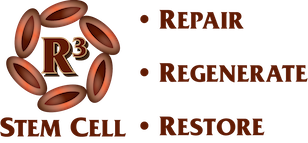Stem cells accelerate the body’s own natural healing mechanism and are effective for treating many elbow conditions. When the body is injured, or a joint is degenerative, adult stem cells are dispatched to the area to regenerate healthy cells. However, directly injecting the stem cell-rich solution into the site improves regeneration, as the solution is concentrated. Stem cells work to regenerate tissue, reduce pain, and promote healing without the need for steroid injections and surgery. Using potent growth factors, stem cells injected directly to the site of injury or degeneration will stimulate the growth of new tissue.
The lateral epicondyle is a bony structure of the elbow where tendons attach to the elbow from forearm muscles. When these tendons are injured or chronically inflamed, pain occurs. Called tennis elbow, or lateral epicondylitis, this injury occurs due to repetitive motion of the forearm, such as lifting weights, using hand-held tools, and hitting a backhand shot when playing tennis. Tennis elbow responds well to stem cell therapy, which allows the area to heal without the need for surgery or steroid injections.
Other elbow conditions that respond to stem cell therapy include sprained ligaments, tendon strains, elbow muscle injuries, and arthritis.
